





Have you ever planted a perennial and been disappointed when it disappeared from your garden a year or two after you planted It? It may not be your fault.
As gardeners, we know that many variables affect the well-being of each and every plant we grow: hardiness, amount of light, type of soil, temperature, amount of moisture--the list goes on. Rarely, though, are we told about a plant's longevity. How long can we expect it to live in our garden, if we provide it with at least satisfactory, if not optimal, growing conditions? No tag at the garden center or on that perennial that just arrived in the mail will tell you. Yet it's important information to which every plant customer should have access.
_________________________________________________
Snakeroot (Ageratina spp.) Photo at top is Persicaria virginiana, 'Painter's Sneezeweed (Helenium spp.) Palette', a long-lived perennial in the author's Trillium (Trillium spp.) garden. LONG SHORT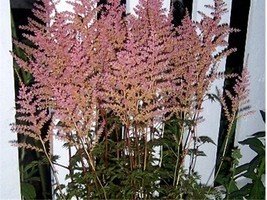
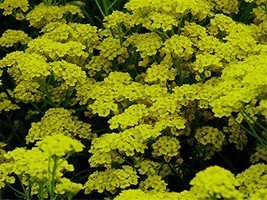 Basket of Gold
Basket of Gold 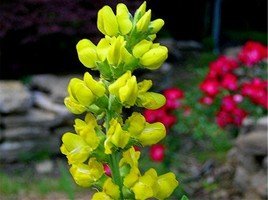 Carolina Lupine
Carolina Lupine 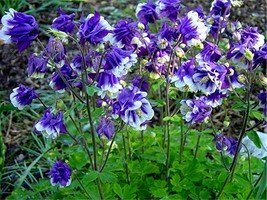 Columbine
Columbine 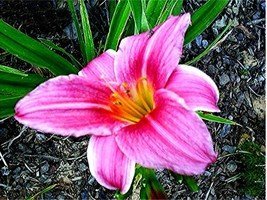 Daylily
Daylily 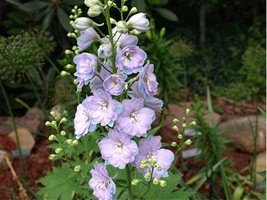 Delphinium
Delphinium 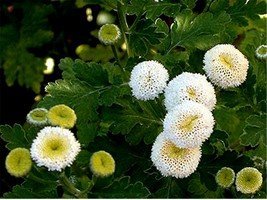 Euphorbia
Euphorbia  Feverfew
Feverfew 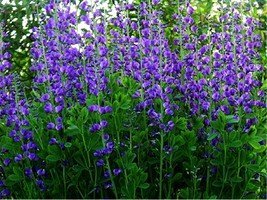 False Indigo
False Indigo 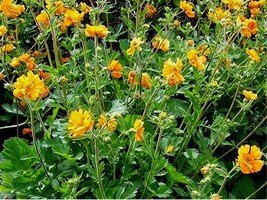 Geum
Geum 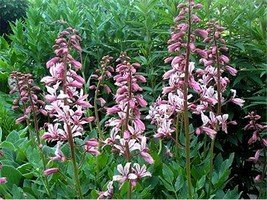 Gas Plant
Gas Plant 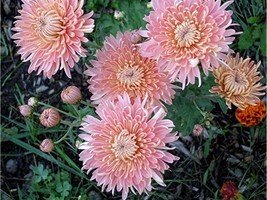 Hardy Mum
Hardy Mum 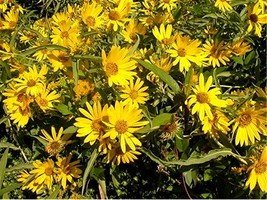 Helianthus
Helianthus 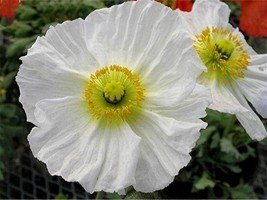
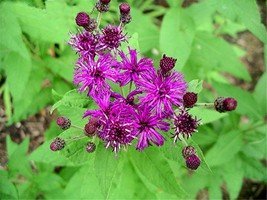 Ironweed
Ironweed 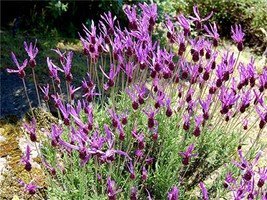 Lavender
Lavender 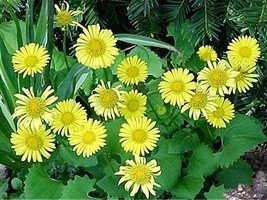 Joe Pye Weed
Joe Pye Weed  Leopard's Bane
Leopard's Bane 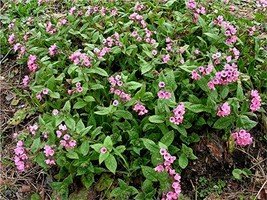 Lungwort
Lungwort 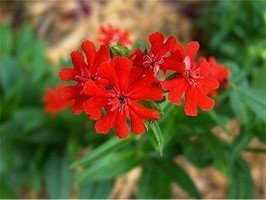 Maltese Cross
Maltese Cross 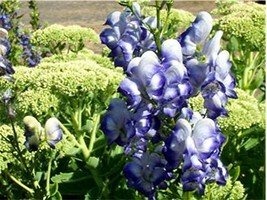 Monkshood
Monkshood 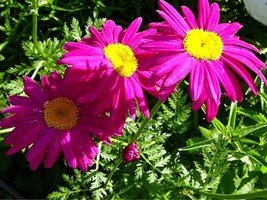 Painted Daisy
Painted Daisy 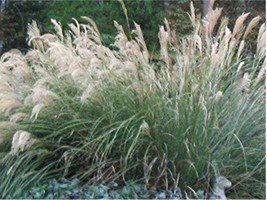 Ornamental Grass
Ornamental Grass 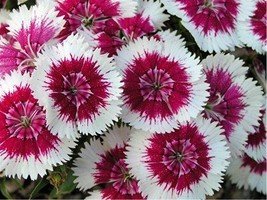 Pinks
Pinks 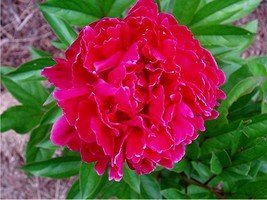 Peony
Peony 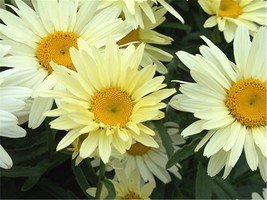 Shasta Daisy
Shasta Daisy 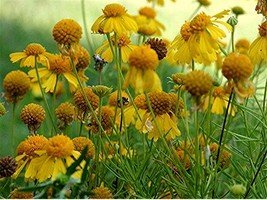 Sneezeweed
Sneezeweed 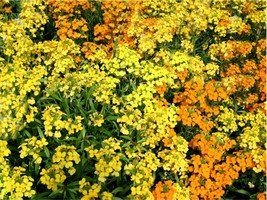 Wallflower
Wallflower 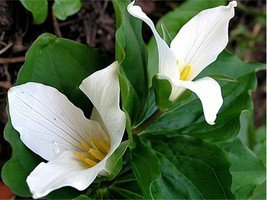 Trillium
Trillium 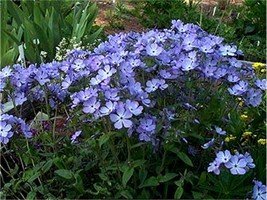 Woodland Phlox
Woodland Phlox
A Note on Biennials: Biennials are plants that require two years to complete their life cycle. Many biennials form basal rosettes of leaves close to the ground the first year and then send up flowering stems the second. This represents their entire longevity. They die after flowering. In some instances, individual plants of a particular species will complete the cycle in one year, particularly if they've been exposed to cold temperatures as seedlings. Common examples of biennials include Sweet William (Dianthus), many Foxglove species (Digitalis), most Hollyhocks (Alcea), and Money Plant (Lunaria). Biennial plants are not always marked as such. If in doubt, be sure to ask the vendor.
___________________
Thanks to the following DG members for the use of their photos:
Astilbe: jg48650
Basket of Gold: hczone6
Carolina Lupine: Decumbent
Columbine: Gabrielle
Daylily: kellyp
Delphinium: onewish1
Euphorbia: bonitin
Feverfew: Happenstance
Gas plant: poppysue
False Indigo: hczone6Geum: TuttiFrutti
Hardy Mum: Sneirish
Helianthus: frostweed
Iceland Poppy: kniphofia
Ironweed: Weerobin
Lavender: growin
Joe Pye Weed: DaylilySLP
Leopard's Bane: naturepatch
Lungwort: Todd_Boland
Maltese Cross: DaylilySLP Monkshood: Joy
Ormamental Grass: baagrant
Painted Daisy: Gabrielle
Peony: amulet
Pinks: Songbird839
Shasta Daisy: DaylilySLP
Sneezeweed: melody
Trillium: Carkeekfish
Wallflower: Kell
Woodland Phlox: poppysue
Questions? Comments? Please scroll down to the form below.
I enjoy hearing from my readers!
© Larry Rettig 2009
Copyright © www.100flowers.win Botanic Garden All Rights Reserved